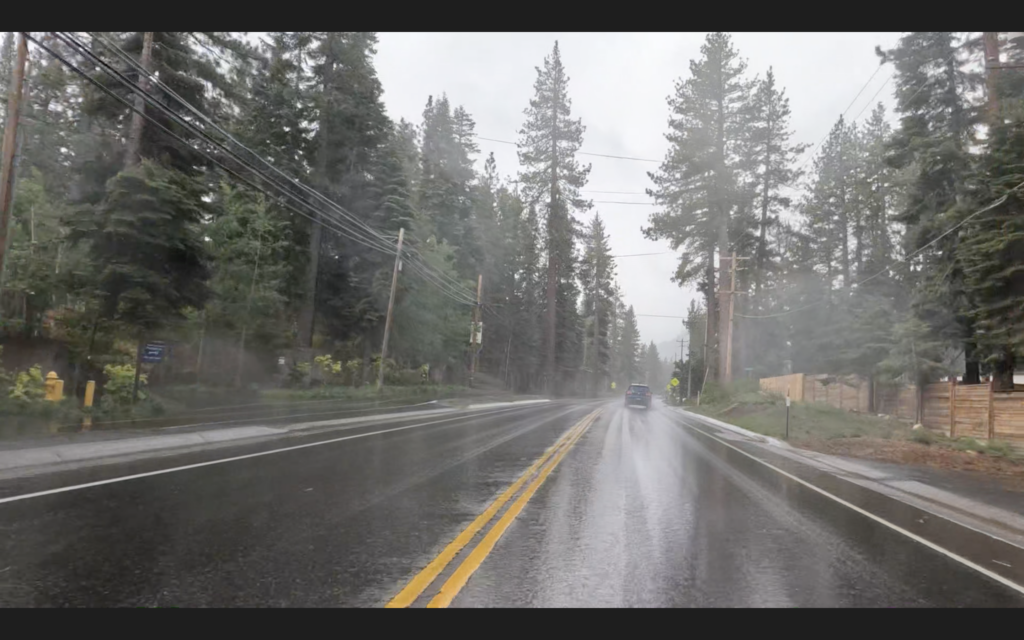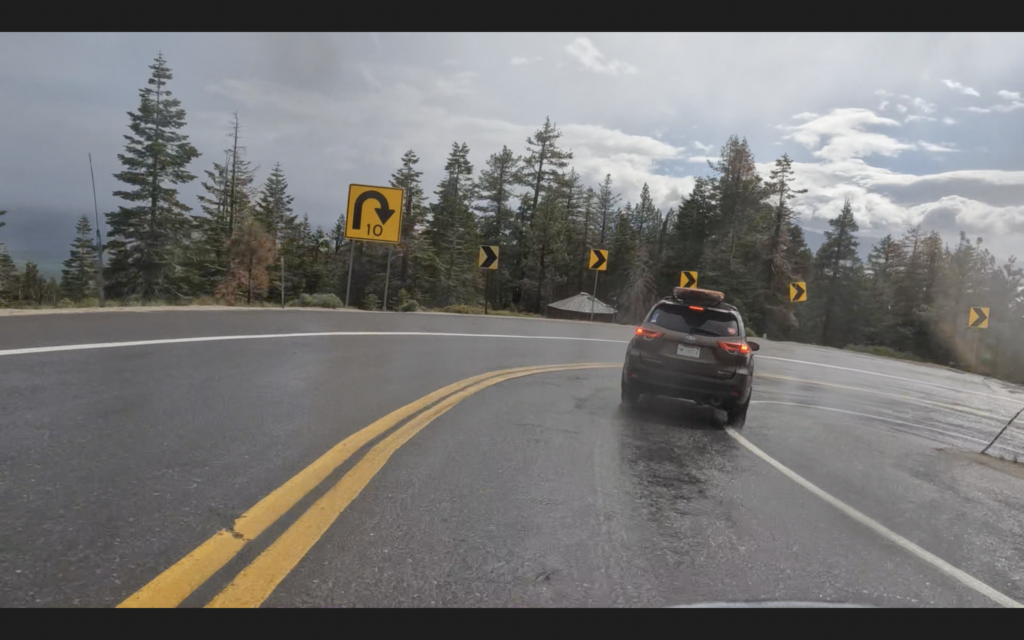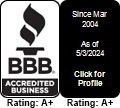You got your motorcycle license, bought your gear, and are ready to ride. You jump on your bike, and it starts to rain five minutes down the road. You have probably heard that riding in the rain is terrible, and you’re probably about to be involved in a motorcycle accident. I want to help get the record straight. When you are riding in the rain, it’s not the end of the world. You have plenty of traction to ride your motorcycle safely. Does that mean you want to be cornering at a high rate of speed? Absolutely not. Does that mean you should be accelerating or braking hard? Absolutely not.
Riding in the rain can be a fun experience if you are wearing the right gear and your motorcycle is in good working condition. Wearing a proper riding jacket, pants, boots, and gloves can help reduce your getting wet and becoming uncomfortable. If you wear a half-shell or ¾-shell helmet, you will probably not enjoy the ride in the rain. Even though it’s just water, it starts to sting. If you wear a full-face helmet, you will be better protected from the stinging rain, but full-face helmets have their problems. A full-face helmet fogs up, and the rain makes it difficult to see out the face shield. You can reduce helmet fog by adding an anti-fog spray to the helmet or getting an anti-fog insert lens. There are lots of different products you can apply to the face shield to help repel the rain.
 Sheldon riding near Lake Tahoe during a rainstorm
Sheldon riding near Lake Tahoe during a rainstorm
Regarding your motorcycle, many things can cause issues while riding in the rain. Your suspension, tires, and bike weight are some of the bigger things that can make riding in the rain an unpleasant experience. The goal of the suspension is to keep your tires on the ground. If your suspension is not set up correctly and your motorcycle bounces around a lot every time you hit a bump or dip, it can cause a loss of traction, which could cause a motorcycle accident. Your tires are probably one of the most significant parts that cause a ride in the rain to become a big problem or motorcycle accident. The more tread on a tire, the better a tire can push away water from your tracks. The less tread on the tire, the more likely your tire can hydroplane or lose traction with the asphalt. You are also ensuring your tire pressure is at the correct PSI. You want to ensure you are either at recommended PSI or a little below it. When you reduce your tire pressure, The last part that can either help or hurt you is the motorcycle’s weight. The heavier a bike is, the better traction you’re going to have because there is more weight pushing the bike down.
Most motorcycle riders share one big fear: emergency braking in the rain. Some of the most common questions I hear as a motorcycle instructor is, what if I have to brake as hard as I can while it’s raining? How will my motorcycle react? Is there a point I should not be riding in the rain? Will I crash if I use my front brake? Will I crash if I use my rear brake? How do I prevent having to use emergency braking in the rain?
I will hopefully help answer these questions and help riders realize that just because it’s raining doesn’t mean you need to go home.
 The view that you can have if you don’t have a way to keep the rain off of the face shield.
The view that you can have if you don’t have a way to keep the rain off of the face shield.
Well, there is good news and bad news. If you have ABS on your motorcycle, you can rest a little easier because once the ABS realizes the tire is locking up, it will automatically release the brake and re-apply to prevent you from crashing. If you don’t have ABS on your motorcycle, you will have to be a little gentler with your brakes. You’ll have to pump your front brake if the front tire locks up to avoid skidding. It would be best if you released some pressure on your rear brake because the weight is being transferred to the front wheel. By pumping the front brake, your pretty much your own ABS. Now the question will be, “Have you practiced emergency braking?” Have you practiced emergency braking when it’s raining? Practicing emergency braking in dry and wet situations can help build muscle memory and keep you safer on the road. Knowing how your motorcycle acts in different situations makes it easier to keep your “cool” and learn how to handle the situation without panicking.
If you lock up your tires in the rain, you may not realize immediately that your tires have locked up. You’re not going to hear a skidding noise. So how will you know if your tires are skidding? The front of your motorcycle will feel loose, and you will not be able to change directions. The rear of your bike can feel loose, and you may feel the back of your motorcycle sliding sideways.
Is there a point I should not be riding in the rain? The first 30 minutes that it starts to be the worst time to ride. During the first 30 minutes of rain, the oil and other car fluids are getting washed off the road. If it’s raining so hard that you cannot see out of your helmet or large puddles are forming, you either need to slow down or get off the road for a little while until the rain slows down.
The best way to avoid using emergency braking is to give yourself space. Scan ahead and pay attention to what’s happening around you and not just in front of you.
Is there a higher chance of being involved in a motorcycle accident in the rain? Yes, but you can do many things to significantly reduce your chances of being involved in a motorcycle accident. The biggest thing is taking care of your motorcycle and practicing emergency braking.
Follow the blogger, Sheldon Sherman on Facebook and at www.proriderantelopevalley.com.

 Sheldon riding near Lake Tahoe during a rainstorm
Sheldon riding near Lake Tahoe during a rainstorm The view that you can have if you don’t have a way to keep the rain off of the face shield.
The view that you can have if you don’t have a way to keep the rain off of the face shield.



